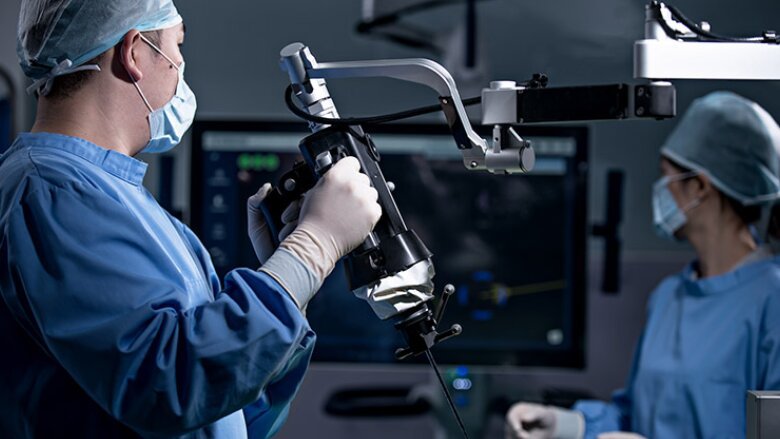Introduction
In today’s fast-paced world, stress has become an unavoidable part of life. Whether it’s work pressure, personal relationships, or financial worries, chronic stress can take a toll on both mental and physical health. As a mental health specialist, I’ve helped countless patients manage stress effectively—not by eliminating it completely (which is impossible), but by developing healthy coping mechanisms.
This comprehensive guide explores proven stress-relief techniques backed by neuroscience and psychology. You’ll learn quick fixes for immediate relief and long-term resilience-building strategies.
Understanding Stress and Its Impact on Mental Health
Stress is your body’s natural response to perceived challenges or threats. It triggers the “fight-or-flight” response, flooding the body with adrenaline and cortisol. While this response can be helpful in short bursts, chronic stress can lead to serious health problems such as:
-
Anxiety disorders
-
Depression
-
High blood pressure
-
Digestive issues
-
Insomnia
-
Weakened immune function
Knowing how to manage stress is essential for maintaining optimal emotional well-being and mental resilience.
1. Mindful Breathing and Meditation
Mindfulness meditation is one of the most powerful techniques for stress relief. It involves focusing your attention on the present moment while calmly acknowledging and accepting your feelings, thoughts, and bodily sensations.
How It Helps:
-
Reduces cortisol levels
-
Increases awareness and mental clarity
-
Enhances emotional regulation
-
Boosts overall psychological well-being
Try This:
-
Find a quiet place
-
Sit or lie down comfortably
-
Focus on your breath — inhale deeply through your nose, exhale slowly through your mouth
-
Practice for 10-15 minutes daily
2. Physical Exercise: Move Your Body to Calm Your Mind
Exercise isn’t just for physical fitness — it’s a scientifically proven way to improve your mental health.
Benefits of Exercise:
-
Releases endorphins (feel-good hormones)
-
Reduces symptoms of anxiety and depression
-
Improves sleep quality
-
Enhances self-esteem
Best Options:
-
Walking or jogging in nature
-
Dancing to your favorite music
-
Yoga or Pilates
-
Strength training
Even 20–30 minutes of physical activity per day can drastically improve your emotional well-being.
3. Journaling: Write to Release
Expressive writing is a simple yet powerful tool for reducing stress and organizing your thoughts.
How Journaling Helps:
-
Clears mental clutter
-
Helps process emotions
-
Identifies triggers and patterns
-
Encourages self-reflection and growth
Try to write freely for 10 minutes each day about anything that’s on your mind. Use it as a safe space for emotional release.
4. Nature Therapy: Connect with the Outdoors
Nature has a remarkable healing effect on both mind and body. Spending time outdoors can help lower stress hormones and elevate mood.
Try:
-
Forest bathing (Shinrin-yoku)
-
Gardening
-
Hiking
-
Sitting by a lake or beach
Even just 10 minutes in a green space can decrease anxiety and boost your overall mental well-being.
5. Deep Sleep: Restore and Rejuvenate
Poor sleep is both a symptom and a cause of stress. Prioritizing quality sleep can significantly improve your mental resilience.
Tips for Better Sleep:
-
Maintain a consistent sleep schedule
-
Avoid screens 1 hour before bed
-
Use calming essential oils like lavender
-
Practice a nighttime meditation or breathing technique
A rested mind is a resilient mind.
6. Nutrition for Mental Health
What you eat affects how you feel. A diet rich in nutrients supports brain health and balances mood.
Mood-Boosting Foods:
-
Omega-3 rich foods (salmon, chia seeds)
-
Leafy greens (spinach, kale)
-
Whole grains
-
Probiotic-rich foods (yogurt, kefir)
-
Dark chocolate
Avoid excessive sugar, caffeine, and processed foods, which can spike anxiety and worsen mood swings.
7. Social Support: Don’t Do It Alone
Talking to someone you trust can provide emotional relief and perspective. Isolation often worsens stress and anxiety.
Who to Reach Out To:
-
Friends and family
-
Support groups
-
Therapists or counselors
You don’t have to have all the answers — sometimes, just being heard is enough.
8. Creative Expression
Engaging in creative outlets like art, music, writing, or crafting can serve as powerful tools for managing stress.
Benefits:
-
Encourages mindfulness
-
Allows emotional release
-
Boosts self-confidence
-
Increases dopamine production
You don’t have to be an artist to benefit. The act of creating is therapeutic in itself.
9. Digital Detox
Constant notifications and digital overload can increase stress and reduce attention span. Unplugging regularly is essential for mental clarity.
Steps to Start:
-
Set screen-time limits
-
Turn off unnecessary notifications
-
Take a 24-hour social media break
-
Replace scrolling with a relaxing activity
10. Professional Help: When to Seek It
If stress becomes overwhelming or chronic, it’s important to seek professional help. There is no shame in asking for support — in fact, it’s a sign of strength.
Consider Therapy If:
-
Stress is affecting your daily life
-
You’re experiencing signs of anxiety or depression
-
You have trouble sleeping, eating, or concentrating
Therapists use various methods such as Cognitive Behavioral Therapy (CBT), mindfulness-based therapy, and more to help individuals build healthier coping mechanisms.
Final Thoughts from Dr. Zaar
Managing stress is not about eliminating it completely — it’s about learning how to navigate it with resilience, self-awareness, and support. By integrating these stress-relief techniques into your daily life, you can foster greater emotional stability, strengthen your mental health, and lead a more balanced, fulfilling life.
Remember, the path to peace begins with one simple step. Start small, be consistent, and trust that your well-being is worth the effort.
Frequently Asked Questions
Q: What is the best quick stress-relief technique?
A: Deep breathing and grounding exercises are some of the fastest ways to calm the nervous system.
Q: Can stress cause physical illness?
A: Yes, chronic stress can contribute to conditions like heart disease, digestive problems, and a weakened immune system.
Q: Is it normal to feel stressed all the time?
A: Constant stress isn’t normal and may indicate a need for lifestyle changes or professional help.
If you are more about Stress, Please visit the drzaar.com










